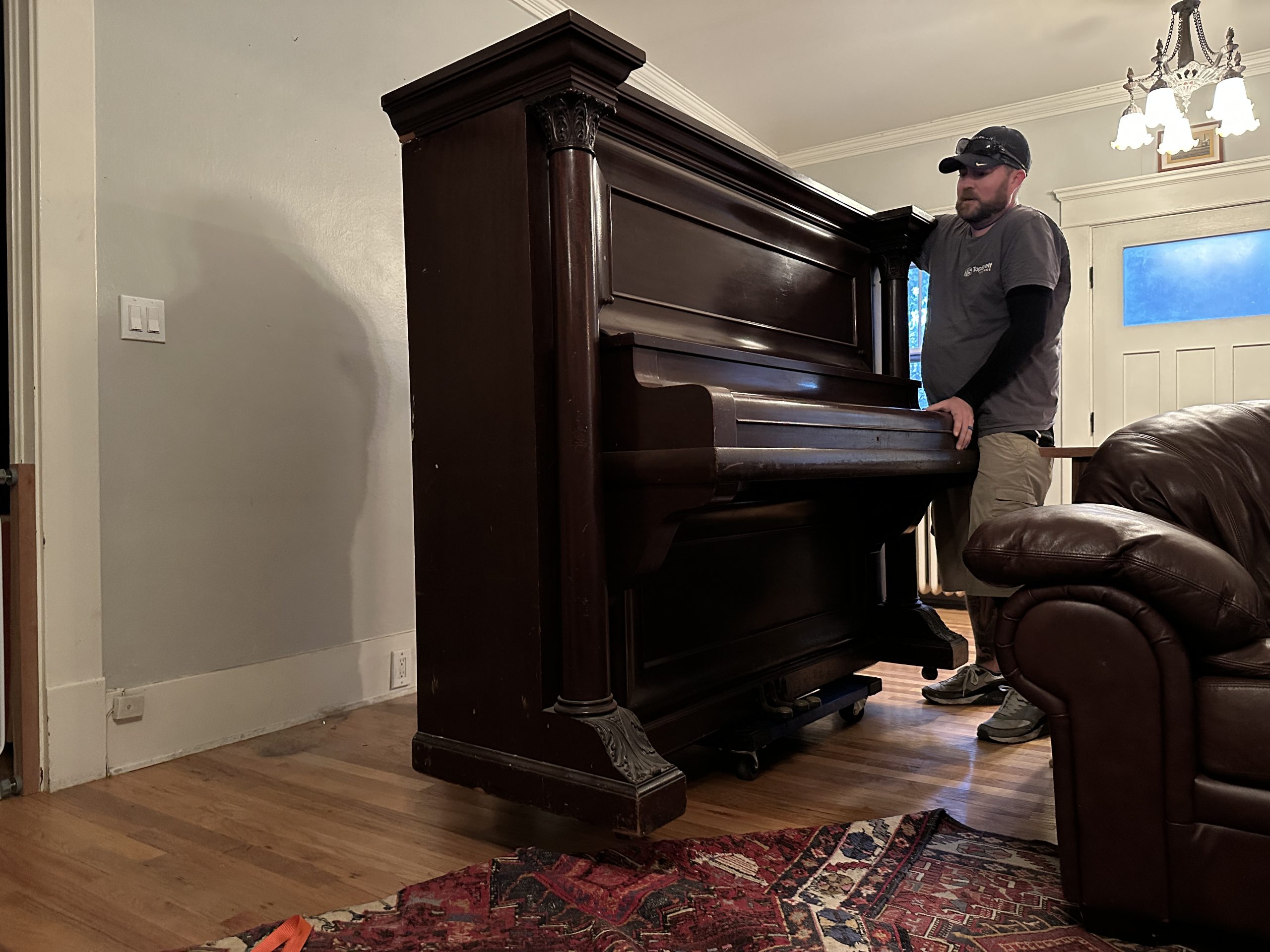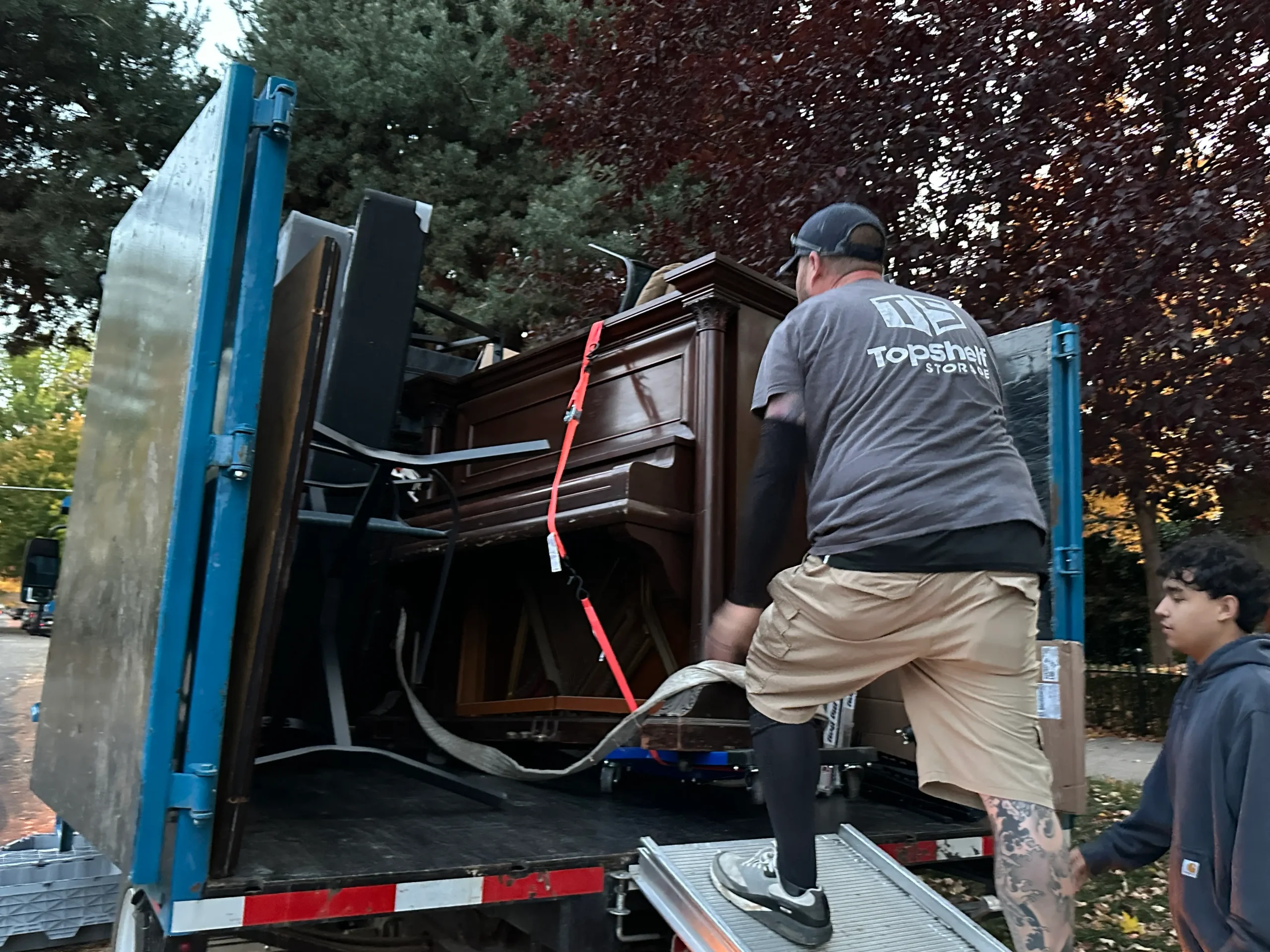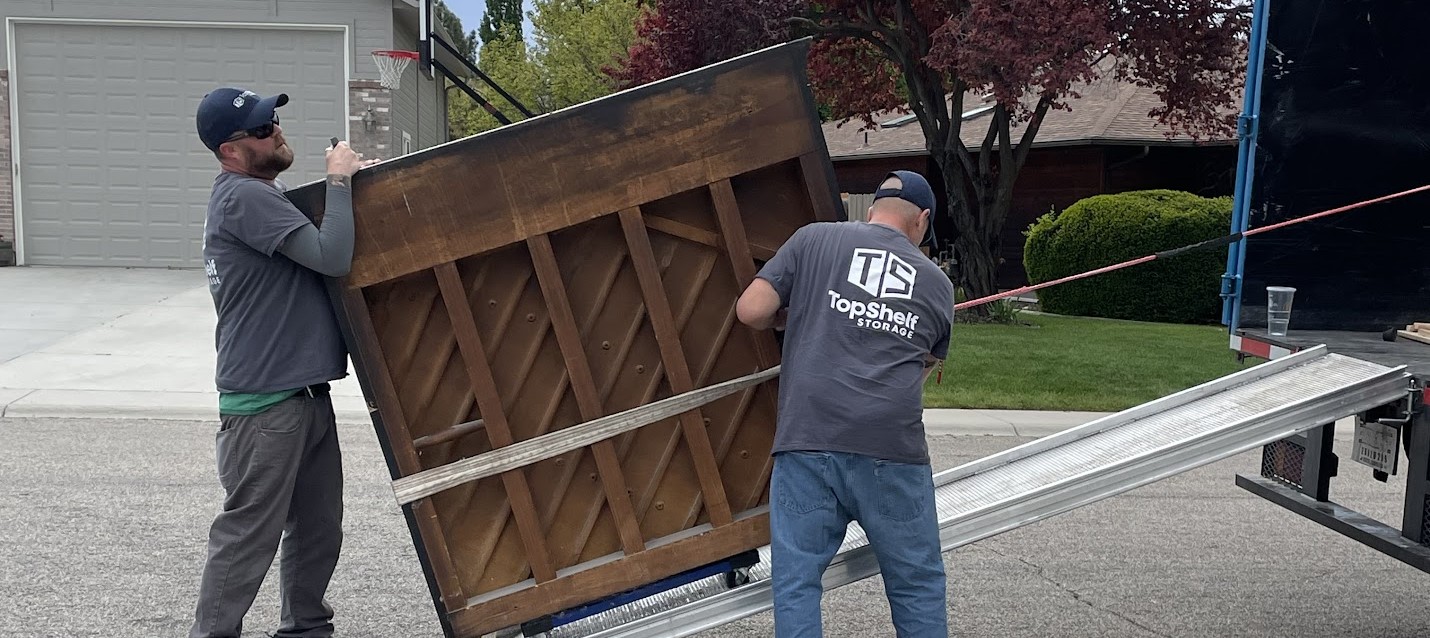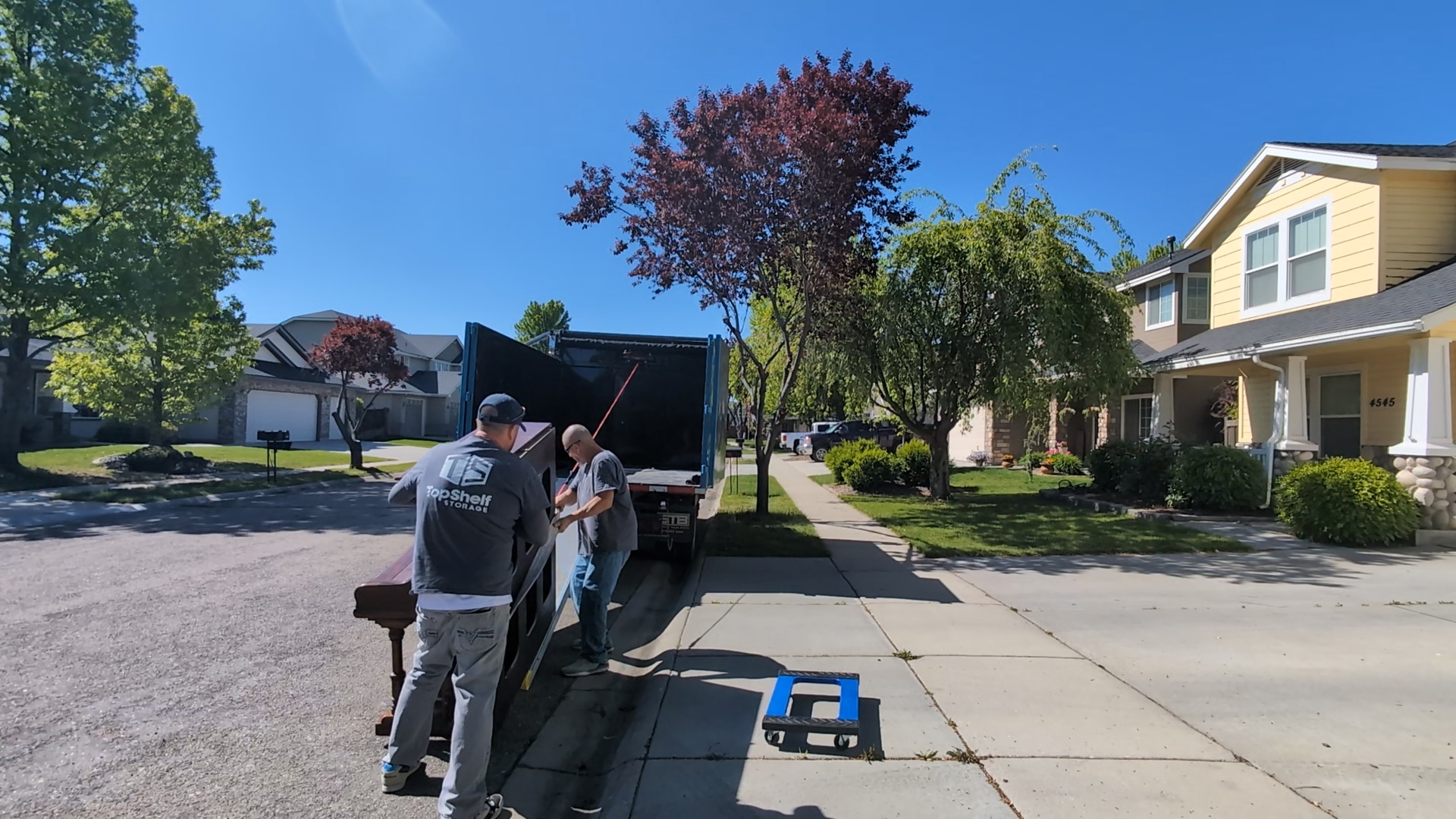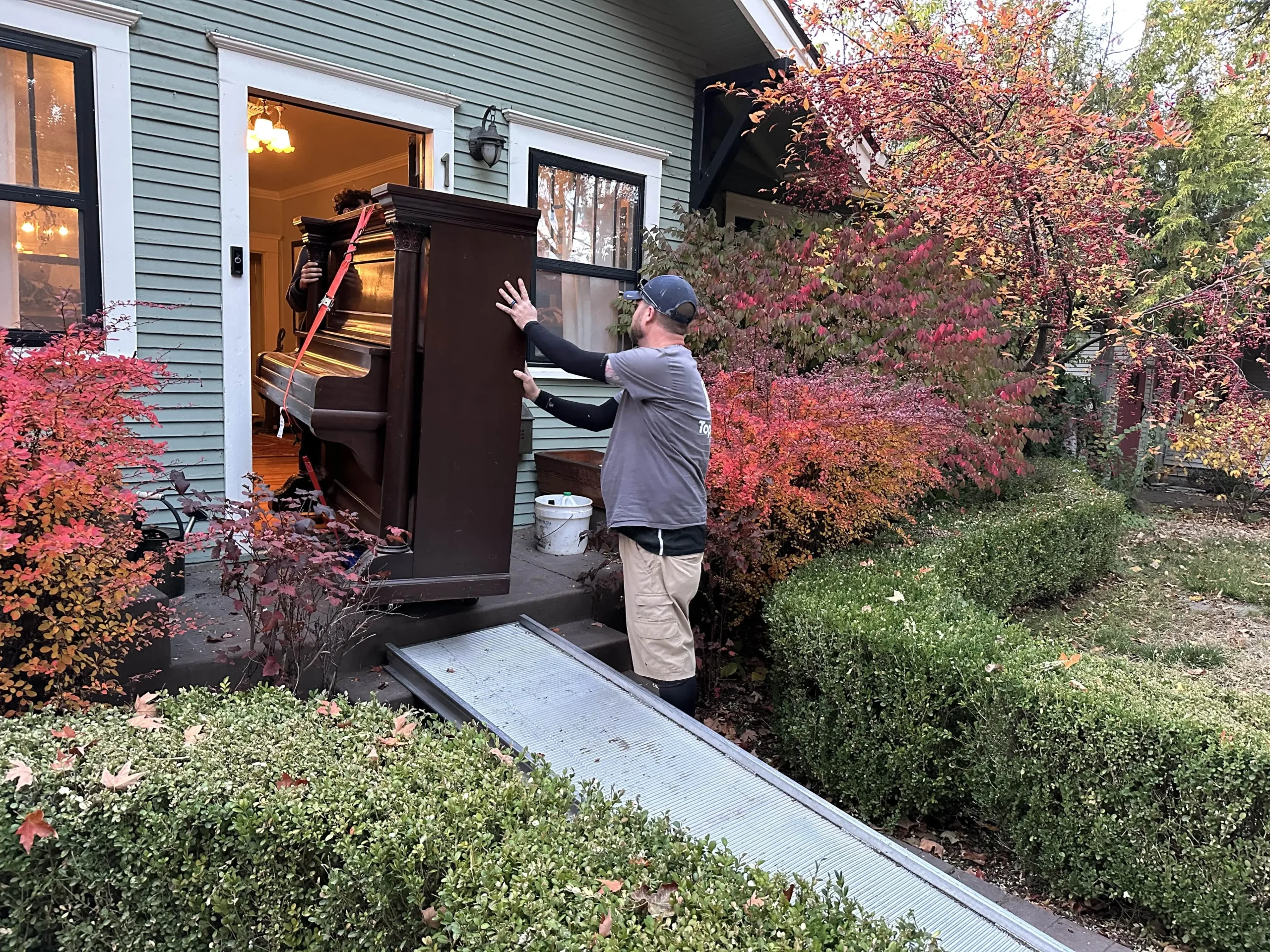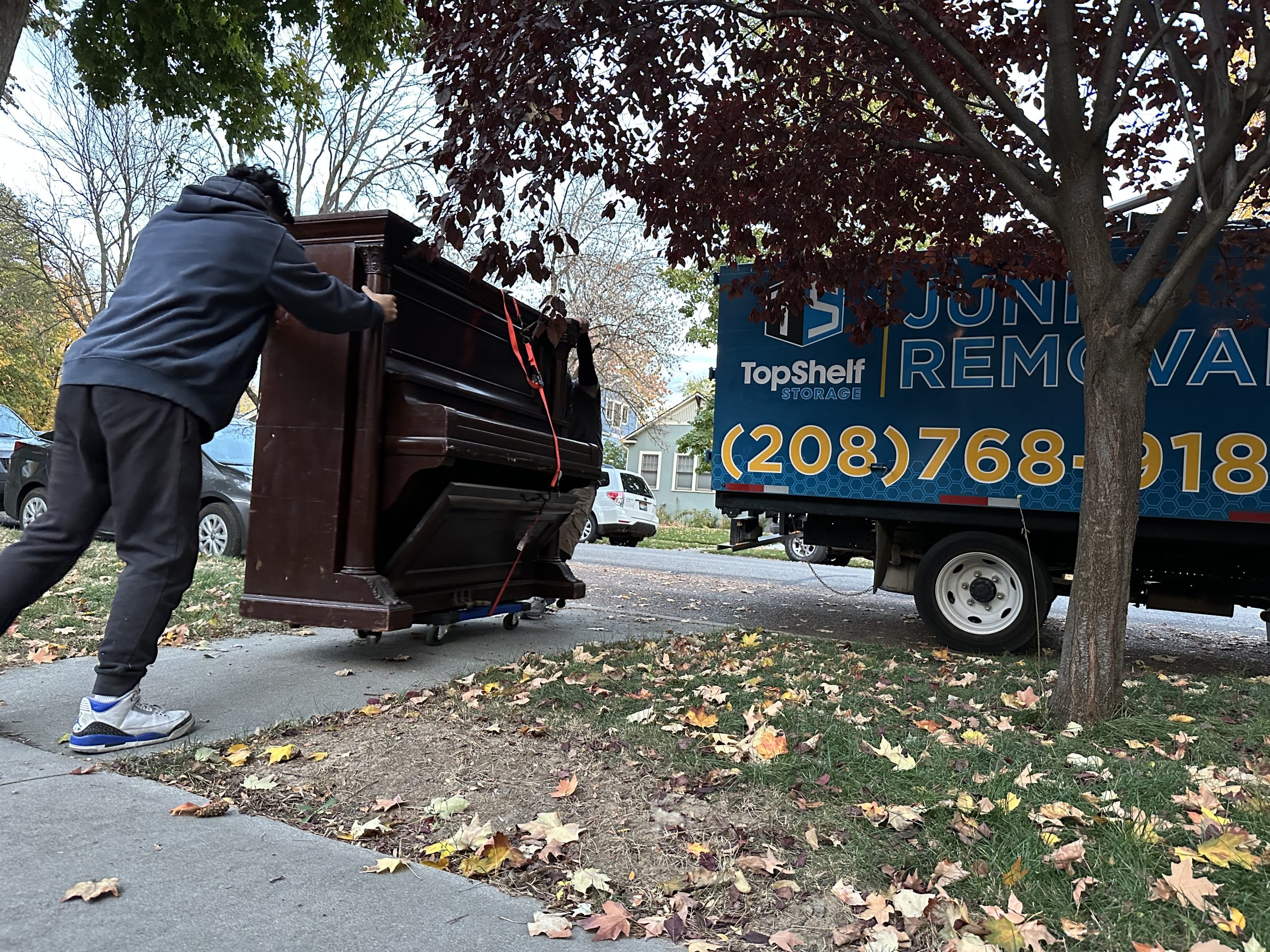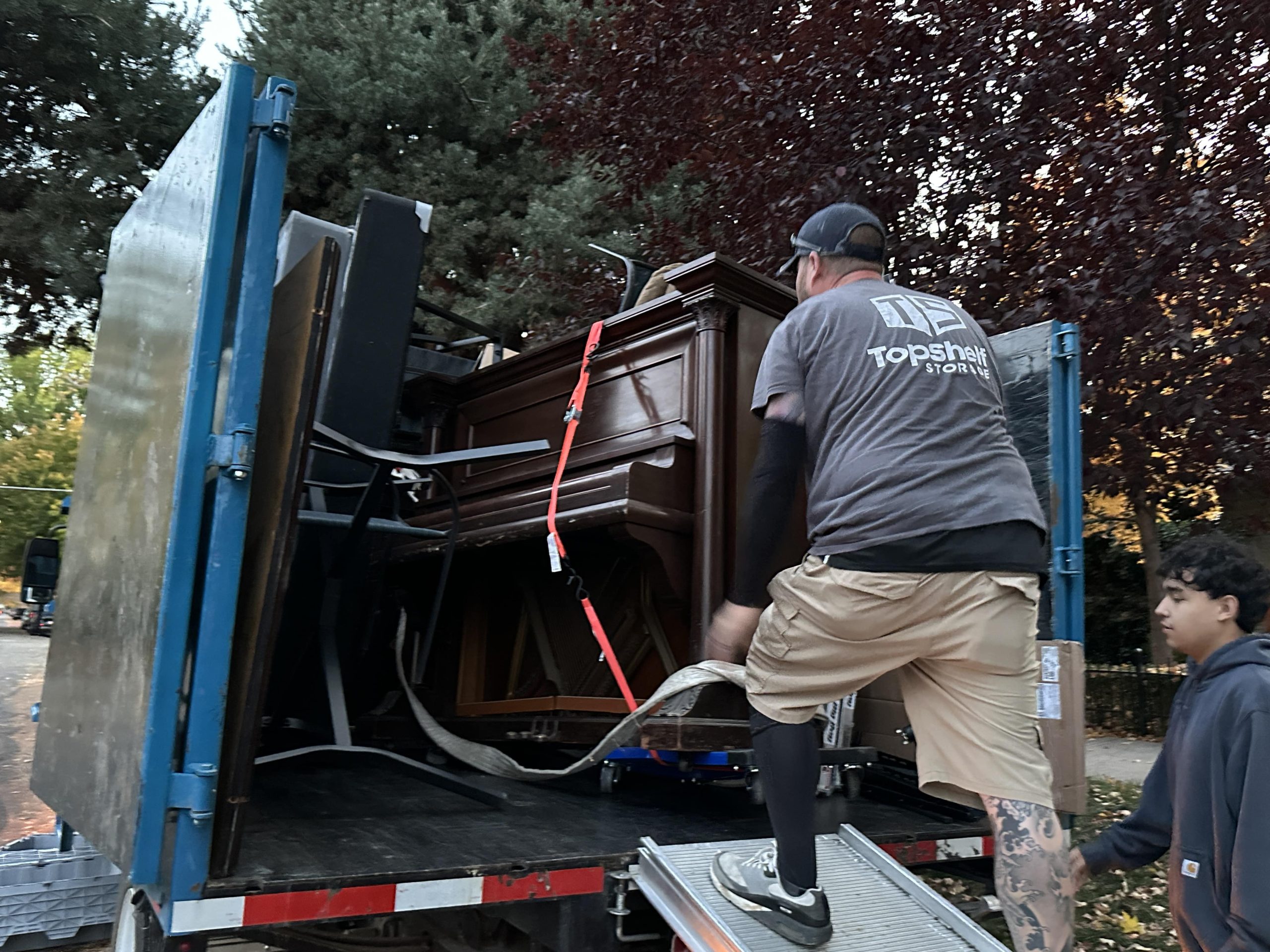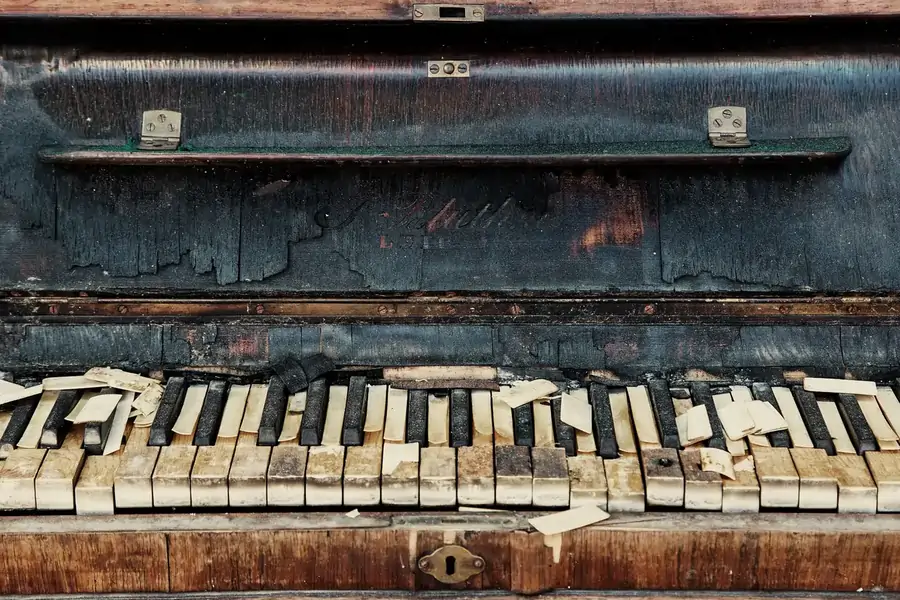So, you’ve decided it’s time for a piano removal. Perhaps it’s a once-majestic upright that’s been collecting dust, or maybe it’s a grand piano that’s hogging half your living room. Regardless of shape or size, the thought of parting ways with your musical companion can trigger a bit of anxiety, especially if you’ve never navigated the world of piano removal services before. Fear not, friend—this guide will help you handle everything from measuring doorways to communicating with your removal team, all while keeping your floors (and your nerves) intact.
Before we dive into the details, let’s acknowledge that pianos aren’t your average items of furniture. They’re heavy, they’re delicate, and they have more sentimental value than your old college futon. Figuring out how to get rid of a piano is no small task—there’s a reason piano removal companies exist, after all. But once you prepare carefully, you’ll be ready for whatever challenges come your way, be it relocating your beloved instrument or arranging a complete piano removal and disposal.
Measuring Doorways and Pathways for Clearance
First things first: whip out that measuring tape. If there’s one factor that can derail a piano removal faster than you can say “piano haul away,” it’s forgetting to check whether the instrument will even fit through your home’s various passages.
- Measure every doorway, stairwell, and hallway
It’s not enough to trust your eyeballs. Grab a friend, measure both the piano’s dimensions and the pathways. If you’re dealing with an upright piano removal, note the height, depth, and width precisely. For grand piano removal, you’ll want to measure its length and the width of its largest side. - Account for tricky corners
Sometimes, it’s not the door but the awkward turn in the hallway that really gets you. Ensure that corners and tight angles aren’t a recipe for scraped walls and bruised shins. - Consult the experts
If you’ve hired a piano removal service (or if you’re getting quotes for piano removal cost), be prepared to share these measurements. Pros can tell you if specialized dollies or straps are necessary, or if certain door frames need to be temporarily removed.
This step alone can shave hours of frustration off your moving day. Many piano removal companies will thank you for doing some of the homework upfront—plus, this will help you avoid last-minute panic when the removal team arrives.
Removing Accessories and Loose Parts
Much like peeling an onion (but hopefully less tear-inducing), pianos have layers. Before you move on to the big haul, you’ll want to strip away everything that can come off.
- Detach the music stand and leg panels
These removable parts are often delicate. Tuck them away safely in labeled boxes or bags so you’re not scrambling to figure out where the music stand disappeared later. - Secure the keyboard lid
A flying keyboard lid can become a hazard (or a comedic moment you’d rather not experience). Use soft straps or tape specifically designed for delicate surfaces. - Check for any personal items
A surprising number of folks store sheet music, pencils, or even family photos in or around a piano bench. Clear these out to avoid confusion or damage.
By removing these accessories, you minimize the risk of them popping off mid-move and keep your piano nice and streamlined for the actual relocation process. This is especially important if you’re dealing with junk removal piano services who might be whisking away an old piano removal for good.
Protecting Floors and Walls During the Move
Let’s be real—nobody wants scuffed floors or gouged walls. Whether you’ve planned a full piano removal and disposal or just an internal move to another room, protecting your home is crucial.
- Lay down protective coverings
Cardboard, plywood sheets, or specialized floor runners can do wonders for preventing scratches. If you don’t have professional supplies, get creative. Old rugs or heavy blankets can offer decent protection for short distances. - Pad the piano’s edges
Upright or grand, every piano has corners or edges that can turn into battering rams. Wrap them with moving blankets or foam padding. This is particularly helpful if you’re dealing with an old piano removal that might have chipped veneers. - Use furniture sliders or dollies
For smaller upright models, sliders can help you glide the piano with minimal strain. Dollies designed for heavy items will spare you from herniated discs and keep your back muscles from cursing your name at 3 a.m.
Protecting your surroundings is part of a solid strategy—any good piano removal service should take these precautions on your behalf. But if you’re tackling parts of the process yourself, don’t skip these steps. Your landlord (or your future self) will thank you.

Communicating with Your Removal Team
When you hire a piano removal company, you’re basically bringing in a specialized crew with knowledge, muscle, and possibly a few amazing war stories about pianos stuck in the oddest places. To make sure everyone’s on the same page:
- Share all details
Be upfront about your piano type, building layout, and time constraints. If there’s a rickety flight of stairs or an elevator that frequently breaks down, your removal team needs that intel. - Ask about additional fees
Piano removal cost can vary depending on complexity. Steep stairs, tight corners, or needing extra manpower might bump up the price. The last thing you want is to be blindsided by hidden charges. - Inquire about disposal options
If you need piano removal and disposal, check whether your chosen crew handles that. Some piano removal specialists will haul away the instrument for recycling, donation, or junk removal. Others might just move it to the curb, leaving you to handle the final disposal. - Clarify the timeline
Coordinate scheduling around your building’s moving policies or parking rules. Clear communication here ensures your upright piano removal doesn’t turn into a day-long fiasco.
A strong dialogue with your removal team can mean the difference between a seamless move and a comedic meltdown. You might even wind up with helpful tips on how to get rid of a piano in ways you hadn’t considered (like donation to a local school or community center, if it’s still playable).
Planning the Optimal Route for Transport
Moving a piano from one spot to another is like planning a tiny expedition. The route you take matters—a lot.
- Map out every turn and staircase
If you’re tackling old piano removal from a second-floor location, figure out whether the elevator can handle the weight. If you’re on the ground floor, note any narrow outside gates or uneven pathways. - Coordinate with building managers or neighbors
If you share a hallway or doorway with neighbors, a heads-up can save you from awkward run-ins when you’re guiding a giant piano across the corridor. This step is doubly important if you live in a complex with strict noise or moving regulations. - Check for weather conditions
Rain, snow, or scorching heat can complicate an already tricky situation. If you’re aiming for cheap piano removal, you might plan a day that requires fewer supplies or special equipment. But if you can’t avoid bad weather, you might have to budget extra time or cost of piano removal to protect the piano and surrounding areas. - Arrange transportation logistics
Whether you’re renting a truck or relying on a piano removal service, ensure you have a vehicle that accommodates the piano’s size. The last thing you want is to get halfway through loading before realizing your piano is too large for the van.
Planning the route meticulously cuts down on stress and potential accidents. It also helps your hired piano removal specialists do their job quickly, reducing labor costs and preserving everyone’s sanity.
Final Thoughts
Piano removal isn’t just a random chore—it’s practically an art form, blending caution, strategy, and muscle into one well-orchestrated performance. Whether you’re orchestrating old piano removal for an inherited upright or tackling a grand piano removal project, these tips will give you a solid foundation. You’ll be ready to avoid unexpected obstacles, protect your belongings, and work seamlessly with a piano removal service (or brave it with a few helpful friends, if you’re so inclined).
If you’re looking to save on piano removal cost or want to explore eco-friendly options, don’t forget to ask about piano disposal or piano recycling. Some piano removal companies even offer free piano removal if your instrument is in salvageable condition. Others will handle the removal of unwanted piano by hauling it away for a fee. Either way, it’s wise to weigh all options—sometimes donating your piano or exploring cheap piano removal can give your instrument a second life or at least a proper send-off.
So, take a deep breath, measure those doorways, gather your tools (and your courage), and get that piano to its next chapter. Whether it’s off to a new home, going the piano junk removal route, or becoming a donation piece at a local community center, remember: you’ve got this. A little preparation and a good team can transform this daunting task into something you’ll look back on with relief—and maybe even a dash of pride. Happy moving!


